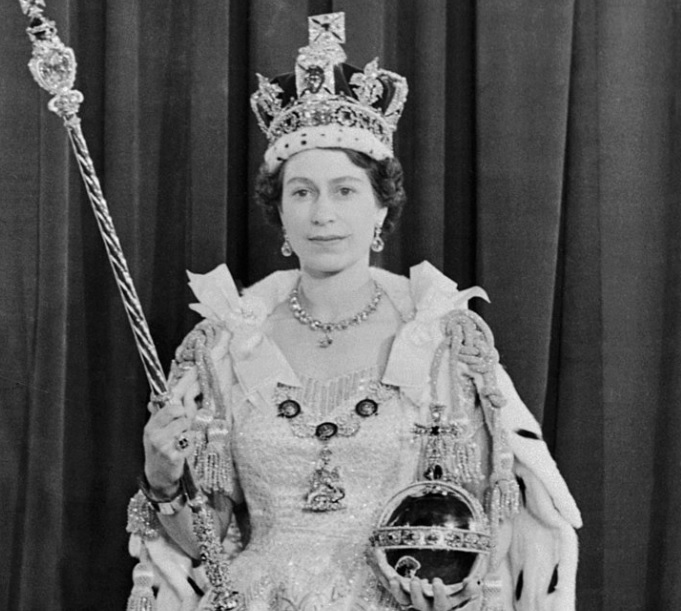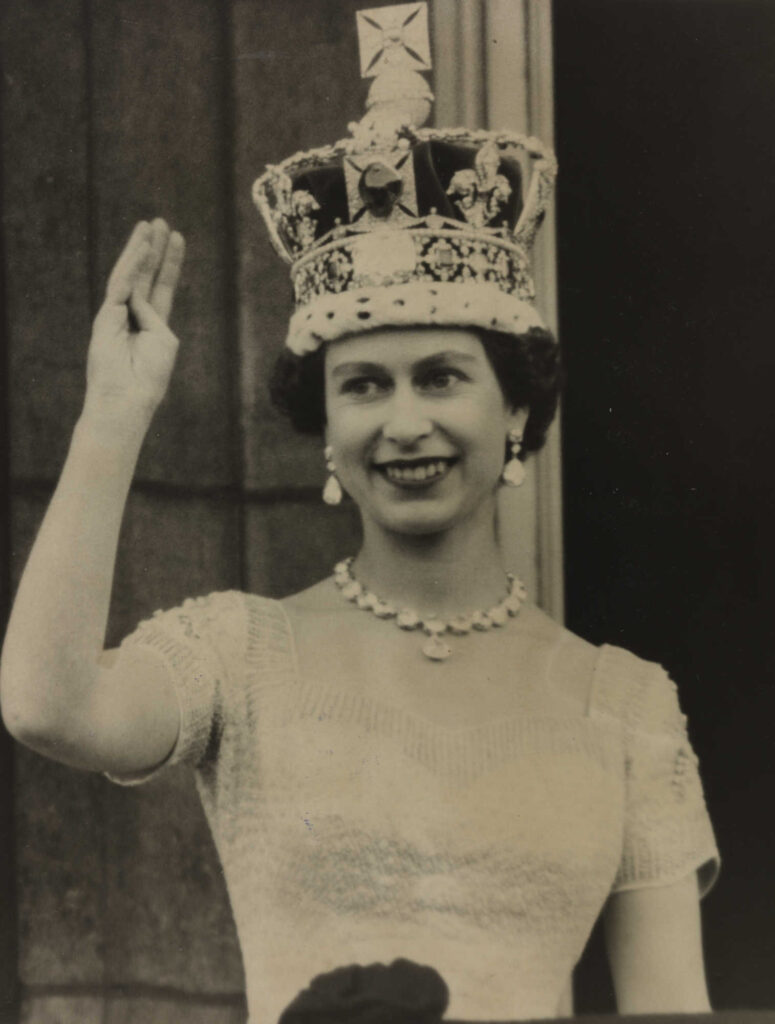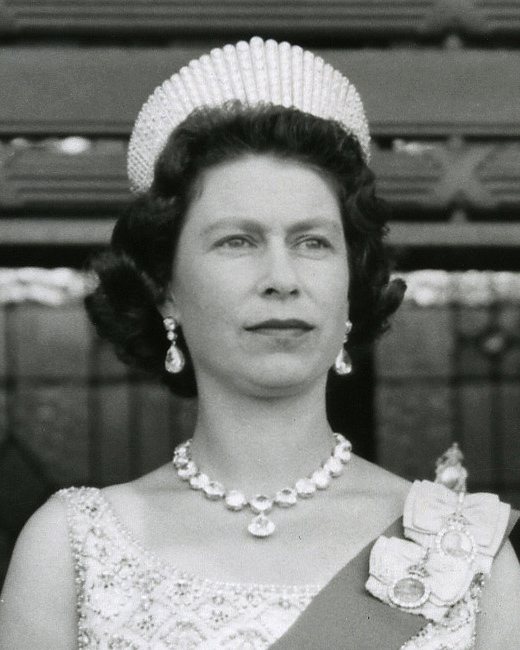
Seventy years ago, on February 6 1952, a young Queen Elizabeth II acceded to the British throne. She was crowned on 2 June 1953 at Westminster Abbey in London. And amongst the timeless jewels worn that day, was a necklace that has its own place in history.
The Queen wore the Coronation Necklace, a diamond necklace with large collet set diamonds. The necklace was originally created for Victoria in 1858 by the British jeweller Garrard, after a suite of diamonds previously used by the queen was awarded to her Hanoverian relatives followed a court case. Victoria wore the necklace frequently and passed it down to be used by future queens. Since then, it has been worn by every queen for every coronation.

The necklace is made from 28 stones, removed from old garter badges as well as the hilt of a ceremonial sword. The central gem is known as the Lahore diamond and it weighs almost 23 carats by itself. The complete necklace adds up to 161 carats and it became the most expensive necklace in the world with nine of its largest stones weighing between 8 and 11 carats.
The official name of the necklace is the Lahore necklace or the Lahore pendant. Its story dates back to 1849 when the British breached the Lahore Fort and found treasure that was considered more valuable than anything they had acquired before. The treasures, also known as the ‘Toshakhana’ treasures were catalogued by Dr John Login, the Administrator of the fort. Items were eventually recovered by the East India company including five bags of diamonds and rare Cashmere shawls and choghas. The batch of acquired jewels is said to be the source of the Lahore necklace.

Currently, the necklace has 26 stones, 25 in the necklace itself, plus the 22.48 carat Lahore Diamond that sits as its pendant. Typically The Queen wears the necklace with its matching earrings for formal events like the State Opening of Parliament, state dinners, and for portraits. It is considered one of Her Majesty’s favourite jewels.

